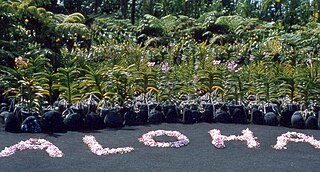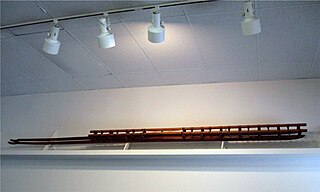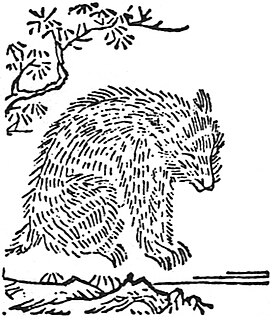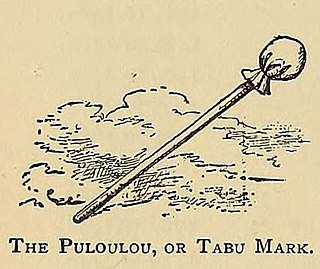 W
WAn alaia is a thin, round-nosed, square-tailed surfboard ridden in pre-20th century Hawaii. The boards were about 200 to 350 cm long, weighed up to 50 kg (100 lb), and generally made from the wood of the Koa Tree. They are distinct from modern surfboards in that they have no ventral fins, and instead rely on the sharpness of the edges to hold the board in the face of the wave.
 W
WAloha is the Hawaiian word for love, affection, peace, compassion and mercy, that is commonly used as a simple greeting but has a deeper cultural and spiritual significance to native Hawaiians, for whom the term is used to define a force that holds together existence.
 W
WThe Hawaiian people practiced aquaculture through development of fish ponds, the most advanced fish husbandry among the original peoples of the Pacific. While other cultures in places like Egypt and China also used the practice, Hawaii’s aquaculture would be very advanced considering the much smaller size of the area compared to others before it. These fishponds were typically shallow areas of a reef flat surrounded by a low lava rock wall built out from the shore. Several species of edible fish thrive in such ponds, and Hawaiians developed methods to make them easy to catch.
 W
W"The Bottle Imp" is an 1891 short story by the Scottish author Robert Louis Stevenson usually found in the short story collection Island Nights' Entertainments. It was first published in the New York Herald and Black and White London. In it, the protagonist buys a bottle with an imp inside that grants wishes. However, the bottle is cursed; if the holder dies bearing it, his or her soul is forfeit to hell.
 W
WThe ʻelepaios are three species of monarch flycatcher in the genus Chasiempis. They are endemic to the Hawaiian Islands, and were formerly considered conspecific. They measure 14 cm long and weigh 12–18 g. One species inhabits the Big Island, another Oʻahu and the third Kauaʻi. Being one of the most adaptable native birds of Hawaiʻi, no subspecies have yet become extinct, though two have become quite rare.
 W
WHawaiian lava sledding is a traditional sport of the Native Hawaiians. Similar to wave surfing, heʻe hōlua involves the use of a narrow wooden sled. The sled is used standing up, lying down, or kneeling, to ride down man-made or naturally occurring courses of rock, often reaching speeds of 50 mph (80 km/h) or greater. In the past, Hawaiian lava sledding was considered both a sport and a religious ritual for honoring the gods.
 W
WA heiau is a Hawaiian temple. Made in different architectural styles depending upon their purpose and location, they range from simple earth terraces, to elaborately constructed stone platforms. There are heiau to treat the sick, offer first fruits, offer first catch, start rain, stop rain, increase the population, ensure the health of the nation, achieve success in distant voyaging, reach peace, and achieve success in war (luakini).
 W
WHoʻoponopono is a Hawaiian practice of reconciliation and forgiveness. The Hawaiian word translates into English simply as correction, with the synonyms manage or supervise, and the antonym careless. Similar forgiveness practices are performed on islands throughout the South Pacific, including Hawaii, Samoa, Tahiti and New Zealand. Traditional Hoʻoponopono is practiced by Indigenous Hawaiian healers, often within the extended family by a family member. There is also a New Age practice that goes by the same name.
 W
WA kāhili is a symbol of the aliʻi chiefs and families of the Hawaiian Islands. It was taken by the Kamehamehas as a Hawaiian royal standard and used by the Royal Families to indicate their lineage.
 W
WKapa is a fabric made by native Hawaiians from the bast fibres of certain species of trees and shrubs in the orders Rosales and Malvales.
 W
WHawaiian narrative or mythology, tells stories of nature and life. It is considered a variant of a more general Polynesian narrative, developing its own unique character for several centuries before about 1800. It is associated with the Hawaiian religion. The religion was officially suppressed in the 19th century, but kept alive by some practitioners to the modern day.
 W
WThe Makahiki season is the ancient Hawaiian New Year festival, in honor of the god Lono of the Hawaiian religion.
 W
WMujina is an old Japanese term primarily referring to the Japanese badger, but traditionally to the Japanese raccoon dog (tanuki), causing confusion. Adding to the confusion, it may also refer to the introduced masked palm civet, and in some regions badger-like animals or Japanese raccoon dog are also called mami.
 W
WPa'u riders, , are wahine horseback riders who wear long, colorful skirts and characteristically ride astride, rather than sidesaddle. This equestrian tradition's roots are from the early 19th century, when horses were introduced to Hawaii and aliʻi women dressed up to ride for formal occasions. It declined after the overthrow of the Kingdom of Hawaii, but was revitalized in the early 20th century with the establishment of formal riding organizations called Pa'u Riders. Today, they participate in Kamehameha Day floral parades and other parades and festivals throughout the islands.
 W
WPūloʻuloʻu, often called "kapu sticks", are symbols denoting the kapu of Hawaiian aliʻi and symbolizing the deceased ancestors of the aliʻi. They are traditional symbols of authority which are used in modern times including the Seal of the State of Hawaii.
 W
WThrum's Hawaiian Annual is a statistical compendium of Hawaiiana ranging from Hawaiian mythology to Hawaiian language to sites of interest in Hawaii, published by Star-Bulletin Printing Co.. The original research was compiled by antiquarian bookman Thomas George Thrum and first published in 1875 as The Hawaiian Annual and Almanac. Contributors to Thrum's Hawaiian Annual include the artist Bessie Wheeler.
 W
WThe Volcano School refers to a group of non-native Hawaiian artists who painted dramatic nocturnal scenes of Hawaii's erupting volcanoes. Some of the artists also produced watercolors, which, by the nature of the medium, tended to be diurnal. At their best, these paintings exemplify a fusion of the European Sublime aesthetic, Romantic landscapes, and the American landscape traditions. Two volcanoes on the Island of Hawaii, Kilauea and Mauna Loa, were intermittently active during the 1880s and 1890s, when interest in Volcano School paintings peaked. Getting to Kilauea, the more frequently painted volcano required an arduous two- or three-day roundtrip journey on horseback.